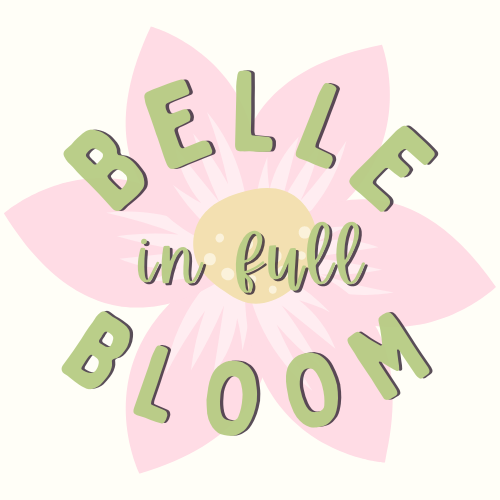Whether we’d like to think so or not, it’s unavoidable: 2023 is on the horizon.
That is slightly terrifying for me to say, since I graduate college in 2023. Soon, I will be leaving behind the only career I have ever known, and that’s as a student. While I am in shock that it came about so soon, I feel strangely more ready than I thought I would to embark into the real world. I am so excited to have a reliable, steady income. I am enthralled to finally be able to climb a corporate ladder and achieve my lifelong goals. I also cannot wait to be working in the industry that I have been enchanted by since I was a little girl.
What does this mean for me financially, though? It means that it’s about time that I started creating my goals for 2023. I did this same thing for 2022, and it really helped me stay on track throughout the year. Of course, my goals evolved a lot over the span of the past eleven months, so I’m expecting my goals for 2023 to do the same. However, creating this blueprint is absolutely vital for starting out the year on the right foot.
What are my goals for 2023?
I have had a few goals laid out for the year 2023 for as long as I can remember. Many of them revolve around becoming fully financially independent. A lot of them involve creating a cushion of savings for myself, which will ease a lot of my anxiety heading into adulthood. Without further ado, here is my top 5.
Let’s get into the specifics:
- I want to have $1,000 in an emergency fund by the time I turn twenty-two. This goal is my main priority, and it has been since 2021. I have been trying to save for an emergency fund forever, and I finally hope to achieve this in 2023. It would just be so incredible to have a cushion of safety in my bank account. Eventually, I would love to increase this to 3 to 6 months of living expenses, as is recommended by professionals. However, $1,000 is the starting point that is recommended, so I plan on sticking to that.
- I would love to spend less than $1,000 total (on non-essential things). Hold the phone. I know this sounds a little absurd, but it’s my truth. I would love nothing more than to keep my spontaneous purchases down to less than $1000. I spend so much money each year without even thinking about it. I just say to myself, “Sure! What’s $30?” Sooner or later, those $30 purchases begin to add up. I plan on tracking my every purchase in 2023, and making sure that my unnecessary spending does not exceed $1000.
- I want to begin paying off my student debt, so that I can achieve my goal of having zero debt by the end of 2024. Like many American students, I am drowning in debt! I do not want to carry this with me for long, so I plan on grinding for the next few years in order to pay it off. Any monetary gifts I receive? They’ll go toward paying off my loans. There is nothing that I want more than financial freedom, and paying off my debt would be an incredible place to start.
- I would love to begin investing in a Roth IRA. It’s never too early to begin saving for retirement! The sooner you begin putting money in a Roth IRA, the sooner interest can begin compounding. When I am able to retire someday, I will be so incredibly thankful to my younger self for starting early. It will allow me to really maximize the value of my money.
- I want to set up a brokerage account with Vanguard to begin investing. I love the idea of investing in index funds. They are reliable, and basically as risk-free as investing can get. In order to begin a brokerage account with Vanguard, you need $3,000. I hope to save up enough money to begin my investing journey.
So, those are my goals.
And I hope you’ll stick around to watch me absolutely crush them. Follow me on Instagram, Facebook, and TikTok for updates and goal-related content.











